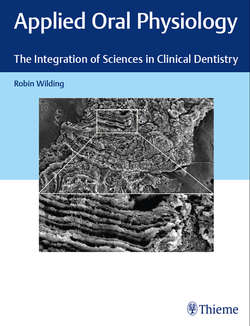Читать книгу Applied Oral Physiology - Robin Wilding - Страница 27
На сайте Литреса книга снята с продажи.
2.3.3 Conservative Management of Deep Caries
ОглавлениеA traditional goal in cavity preparation was to remove all soft dentin until hard dry dentin was reached. In the 1970s, Massler and Pawlak promoted the idea that this was unnecessarily destructive and could often lead to exposure of the pulp in deep cavities.4 They maintained that soft dentin was not necessarily infected but could be merely affected by plaque acids. They proposed a more conservative cavity preparation, which required the removal of infected dentin only, leaving behind soft but not infected, so-called affected dentin. Affected dentin could be remineralized if the acid production was halted. These suggestions were at the time supported by little experimental data, but there is now convincing evidence that the pulp–dentin has a significant ability to repair by the formation of reactionary dentin, provided that the heavily infected dentin is removed and the cavity is well sealed from the oral environment. The formation of reactionary dentin is the result of a cellular process involving the mineralization of a supportive extracellular matrix produced by the odontoblast. Demineralized (affected) dentin or enamel may also remineralize by a simple precipitation of mineral salts. The process may take place on the surface of an enamel or dentin cavity which is relatively free of bacteria but at some distance from the odontoblast.
